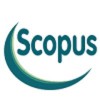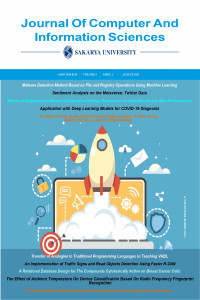Research Article
Issue Editorial Board



 Web
Web
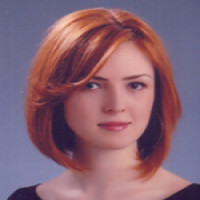
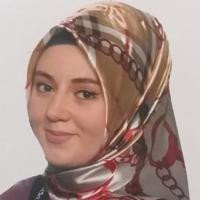
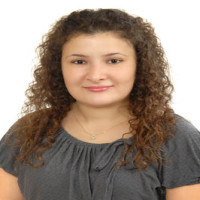
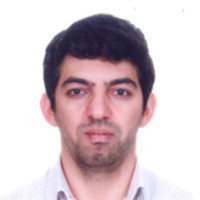
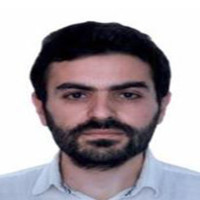

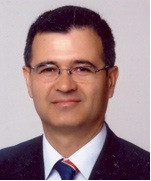

 Web
Web
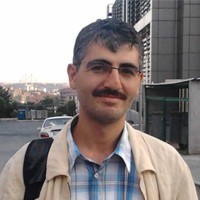
Dr. Ayhan Istanbullu received his undergraduate degree (1993) and his Ph.D from the Electronic and Computer Science Education Department of the Gazi University (2003), Turkey. He worked as an instructor at the University of Mugla, in the Department of Electronic and Computer Science Education between 2001 and 2006.. He currently works as an Professor in Computer Engineering Department of Balikesir University, Turkey. ,He has participated in European Remote Radio Laboratory project (EU LdV) and he has acted as project partner (2006-2008). His current research interests include the investigation of information technologies.

Bahadir Karasulu works as a full time Professor for Canakkale Onsekiz Mart University (Türkiye) at Computer Engineering department of Engineering Faculty.

 Web
Web

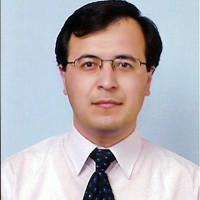



 Web
Web
Aim & Scope
The journal is designed to serve researchers, developers, managers, strategic planners, graduate students, and others interested in state-of-the-art research activities in computer science, information, knowledge engineering, and intelligent systems.
The journal publishes high-quality, refereed articles. It emphasizes a balanced coverage of both theory and practice. It fully acknowledges and vividly promotes a breadth of the discipline of Computer Engineering and information sciences.
The scope of the journal includes all fields of computer science, computer engineering, software engineering and information systems engineering.
Some of these fields are:
- Artificial Intelligence,
- Computer Networks,
- Computing Theory,
- Cybernetics,
- Cybersecurity,
- Data Structures and Algorithms,
- Deep Learning,
- Hardware & Architecture,
- Internet of Things,
- Robotics,
- Image Processing,
- Operating Systems,
- Programming Languages,
- Virtual and Augmented Reality
- Other fields on computer sciences
Author Guidelines
Academic impartiality and scientific quality are important criteria in the evaluation of articles submitted for publication. Therefore, the recommendations of the ICMJE (International Committee of Medical Journal Editors) and the International Standards for Editors and Authors of COPE (Committee on Publication Ethics) should be taken into account in scientific articles submitted to the SAUCIS journal.
Manuscripts to be published must be sent via the “Submit Article” page.
Ethical Principles and Publication Policy
The publication policy of the Sakarya University Journal of Computer and Information Sciences (SAUCIS) is based on the improvement and dissemination of information in an impartial and respectful manner. The processes applied in line with this policy directly affect the quality of the studies submitted by authors and affiliated institutions. Peer-reviewed studies support and materialize the scientific method. Therefore, all the parties taking part in the process (authors, readers, researchers, publishers, reviewers, editors) should comply with the ethical principles.
The ethical duties and responsibilities listed below are based on the guidelines and policies published as open access by the Committee on Publication Ethics (COPE).
The publication of an article in a peer-reviewed journal is essential for the development of a coherent and respected knowledge network. Peer-reviewed articles support and develop scientific methods. Therefore, it is important for all relevant parties involved in the publishing process, including authors, journal editors, reviewers, and publishing agencies, to agree on the expected ethical behaviors and standards. Sakarya University Journal of Computer and Information Sciences expects all its parties to take on the following ethical responsibilities as part of the publication ethics.
1. Ethical Principles
1.1. Authorship of the Paper
Authorship should be limited to those who have made a significant contribution to the conception, design, execution, or interpretation of the reported study. All those who have made significant contributions should be listed as co-authors. Where there are others who have participated in certain substantive aspects of the research project, they should be acknowledged or listed as contributors. The corresponding author should ensure that all appropriate co-authors and no inappropriate co-authors are included in the paper and that all co-authors have seen and approved the final version of the paper and have agreed to its submission for publication.
1.2. Conflicts of Interest
Authors: All authors should disclose in their manuscript any financial or other substantive conflict of interest that might be construed to influence the results or interpretation of their manuscript. All sources of financial support for the project should be disclosed.
Reviewers: Referees should inform the journal editor about the evaluation process if they suspect any conflict of interest in the article they are evaluating and refuse article evaluation if necessary. To prevent conflict of interest, people in the institutions where the article authors are working cannot referee the article.
Editors: Editors should not have personal or financial conflicts of interest with articles.
1.3. Data Access and Retention
1.4. Data Fabrication and Falsification
Fabrication and/or falsified experimental results, including the manipulation of images.
1.5. Duplicate / Multiple Submission(s)
Manuscripts that are either found to have been submitted elsewhere or published elsewhere. If authors have used their own work, either previously submitted or published, as the basis for a submitted manuscript, they are required to cite the previous work. They also need to indicate how novel contributions are offered in their submitted manuscript, over and above those of the previous work.
1.6. Intellectual Property
1.7. Correction, Retraction, Expression of Concern
1.8. Publication of Studies Based on Surveys and Interviews
1.9. Policy of Publishing Additional or Special Issues
1.10. Actions that violate scientific research and publication ethics
Other ethical violations include:
a) Not specifying the supporting individuals, institutions or organizations and their contributions in the publications made as a result of research conducted with support.
b) Using theses or studies that have not yet been submitted or have not been accepted as a source without the permission of the owner,
c) Not complying with ethical rules in research on humans and animals, not respecting patients' rights in publications,
ç) Violating the provisions of the relevant legislation in biomedical research and other clinical research related to humans,
d) Sharing the information in a work that has been assigned for review with others before it is published without the explicit consent of the author,
e) Misusing resources, spaces, facilities, and equipment provided or allocated for scientific research,
f) Deliberately making a false and ungrounded allegation about ethical violation,
g) Publishing the data obtained from surveys conducted as part of a scientific study without the explicit consent of the participants, or without the permission of the relevant institution if the study is conducted in an institution,
h) Harming animal health and ecological balance in research and experiments,
ı) Failing to obtain written permissions from authorities that are required for starting research activities or experiments,
i) Conducting research activities or experiments in violation of the related legislation or the provisions on research and experiments in the international conventions to which Turkey is a party,
j) Disregarding the obligation to inform and warn the relevant authorities about possible harmful practices related to the scientific research.
k) Not using the data and information obtained from other individuals or institutions in scientific studies to the extent and as permitted, not respecting the confidentiality of this information and not ensuring its protection,
l) Making false or misleading statements regarding scientific research and publications in academic appointments and promotions.
1.11. Journal Policies on Data Sharing and Reproducibility
1.12. Ethical Guidelines for Authors
• Authors should not resubmit the same studies previously rejected in our journal. In such a case, the studies will be rejected.
1.13. Ethical Guidelines for Peer Reviewers
1.14. Ethical Guidelines for Editors
2. Publication Policy
Any manuscript that is considered to be published in SAUCIS must meet the following criteria:
2.1. Review of the Articles
2.2. Pre-Review and Plagiarism Checking
2.3. Editor/Field Editor Review
2.4. Peer Review Process (Double-Blind Peer Review)
2.5. Author's Revision
2.6. Field Editor Review
2.7. English Language Checks
2.8. Editorial Board Review
2.9. Typesetting and Layout Process
2.10. Language
2.11. Change of Authorship
2.12. Disclaimer
2.13. Complaints and Appeals
2.13.1. Complaints about the Content of a Paper
2.13.2. Complaints about Processes
2.13.3. Complaints about Ethics
The average time during which the preliminary assessment of manuscripts is conducted: 15 days.The average time during which the reviews of manuscripts are conducted: 60 days.The average time in which the article is published: 90 days.
Price Policy
• SAUCIS is an open-access journal which does not request any subscription fees for article submission, reviewing and editing processes, page-layout and publication (page or color fees).
• We do not offer a reprint service for those requiring professional quality reproductions of papers.
• SAUCIS does not pay any fees to authors, reviewers, editors and editorial board members.
• All papers on SAUCIS are free to read and download.
• SAUCIS sign on to the Budapest Open Access Initiative (BOAI), which promotes free access to research literature, and has adopted the Open Access Principles that clarified in this initiative.
• All papers on SAUCIS are archived with LOCKSS (Lots of Copies Keep Stuff Safe) system through TÜBİTAK ULAKBİM DERGIPARK.
• SAUCIS does not accept announcements, advertisements, sponsorships, etc. due to its publication policy.
• SAUCIS is an open-access journal that does not request any subscription fees.
• All expenses of the SAUCIS journal are covered by the publisher.
Indexes
Journal Boards
Editor-in-Chief

Managing Editors




Editorial Board



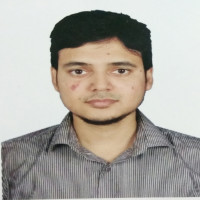

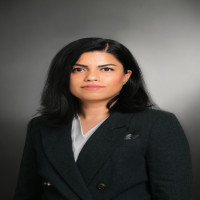
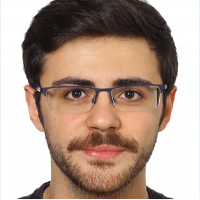
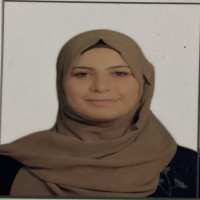



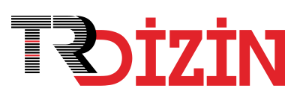


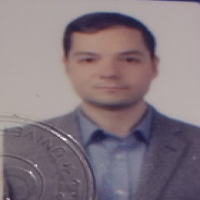




Language Editors

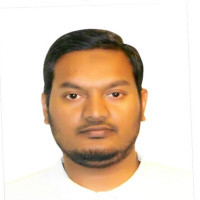






 Web
Web
Layout Editors

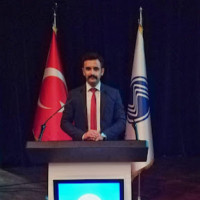
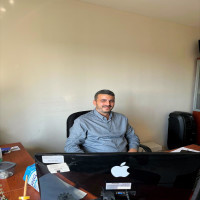
The papers in this journal are licensed under a Creative Commons Attribution-NonCommercial 4.0 International License
